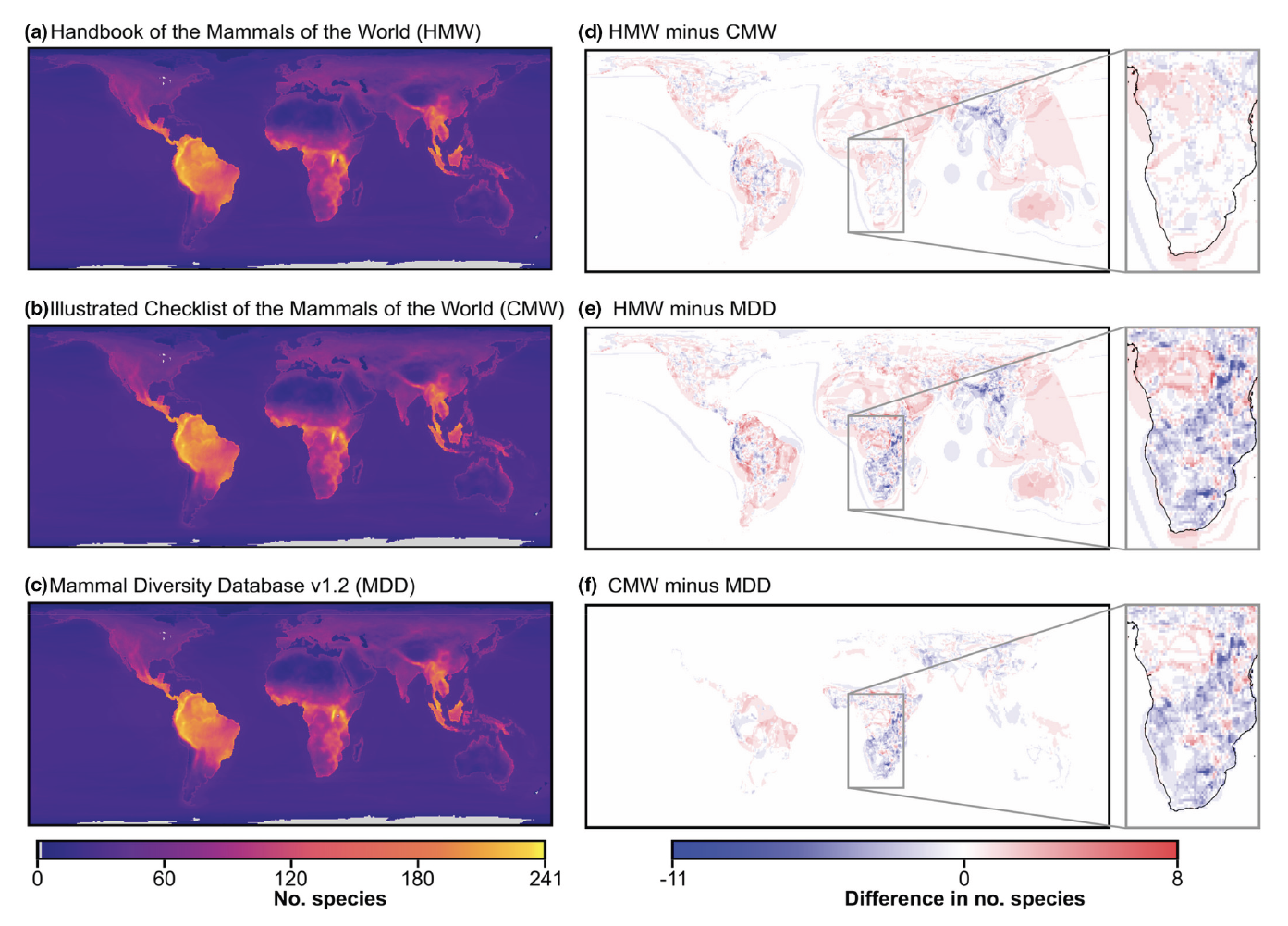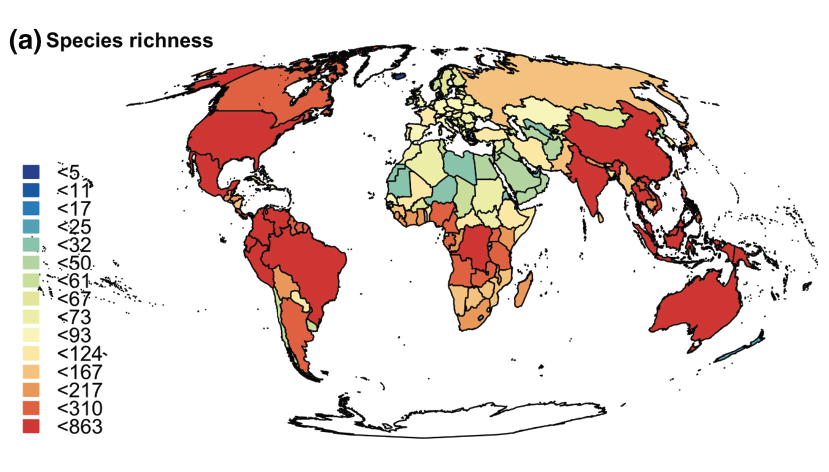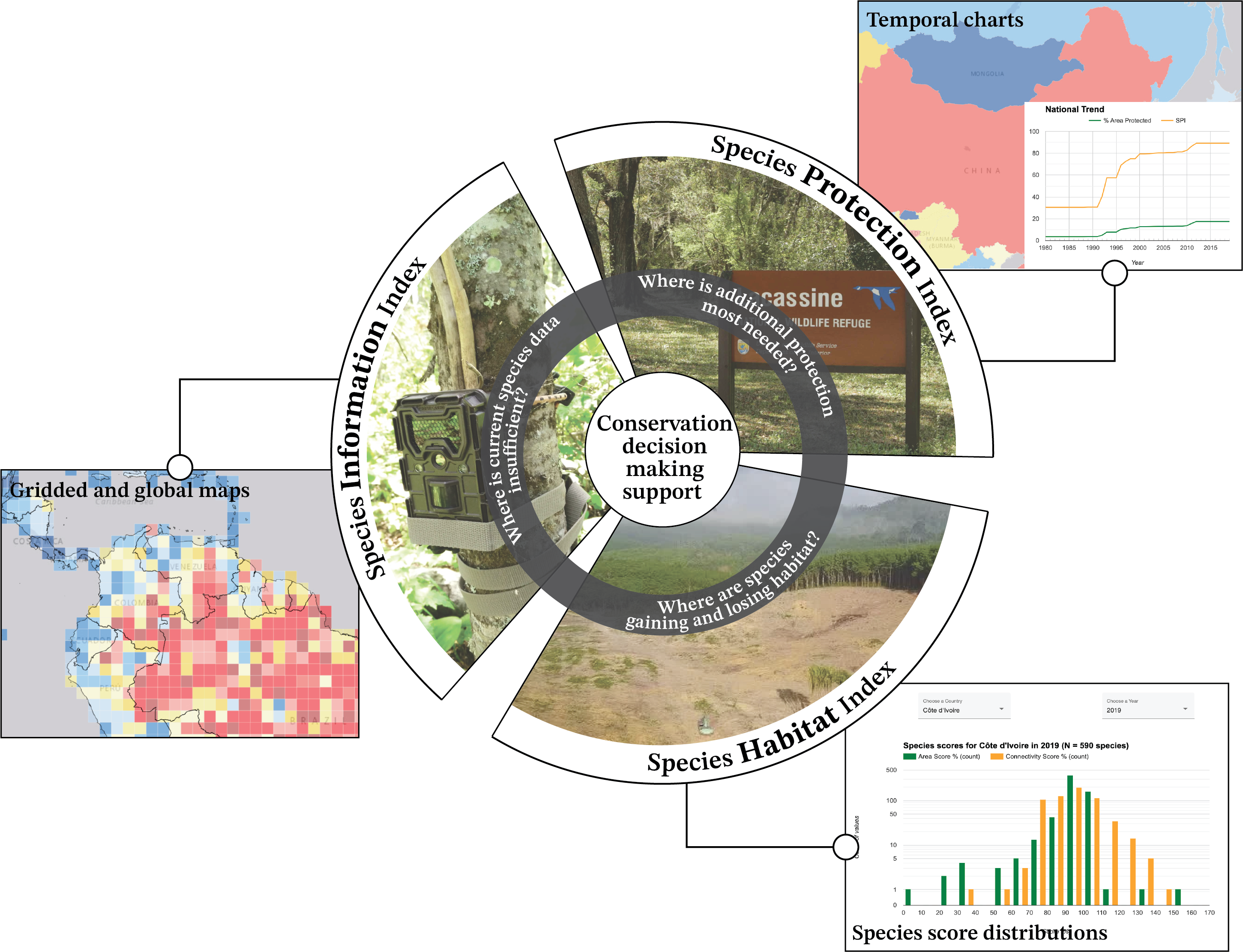Geographic information about biodiversity is vital for understanding the many services nature provides and their potential changes, yet remains unreliable and often insufficient. Built on a scalable web platform geared for large biodiversity and environmental data, Map of Life endeavors to provide ‘best-possible’ species distribution information and species lists for any geographic area.
Map of Life, the flagship initiative of the BGC, aims to support effective and global biodiversity education, monitoring, research and decision-making by assembling and integrating a wide range of knowledge about species distributions and their dynamics over time.
Map of Life, the flagship initiative of the BGC, aims to support effective and global biodiversity education, monitoring, research and decision-making by assembling and integrating a wide range of knowledge about species distributions and their dynamics over time.













